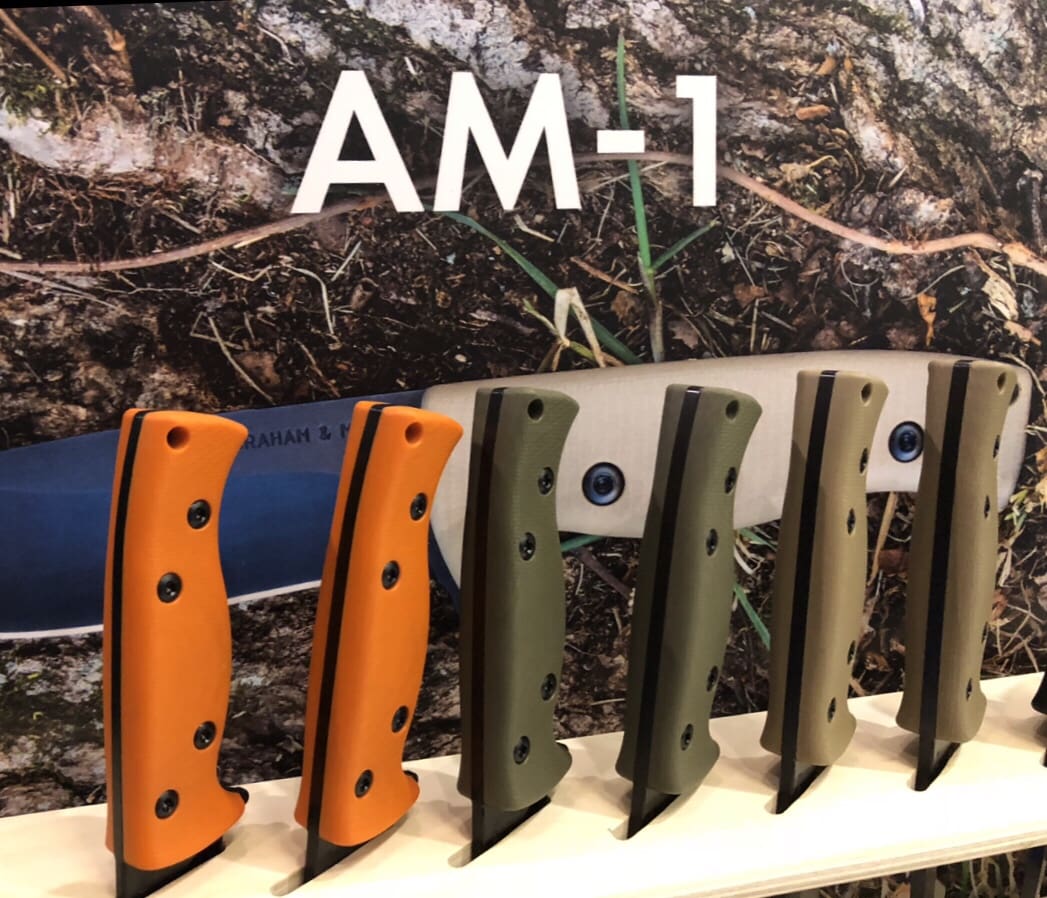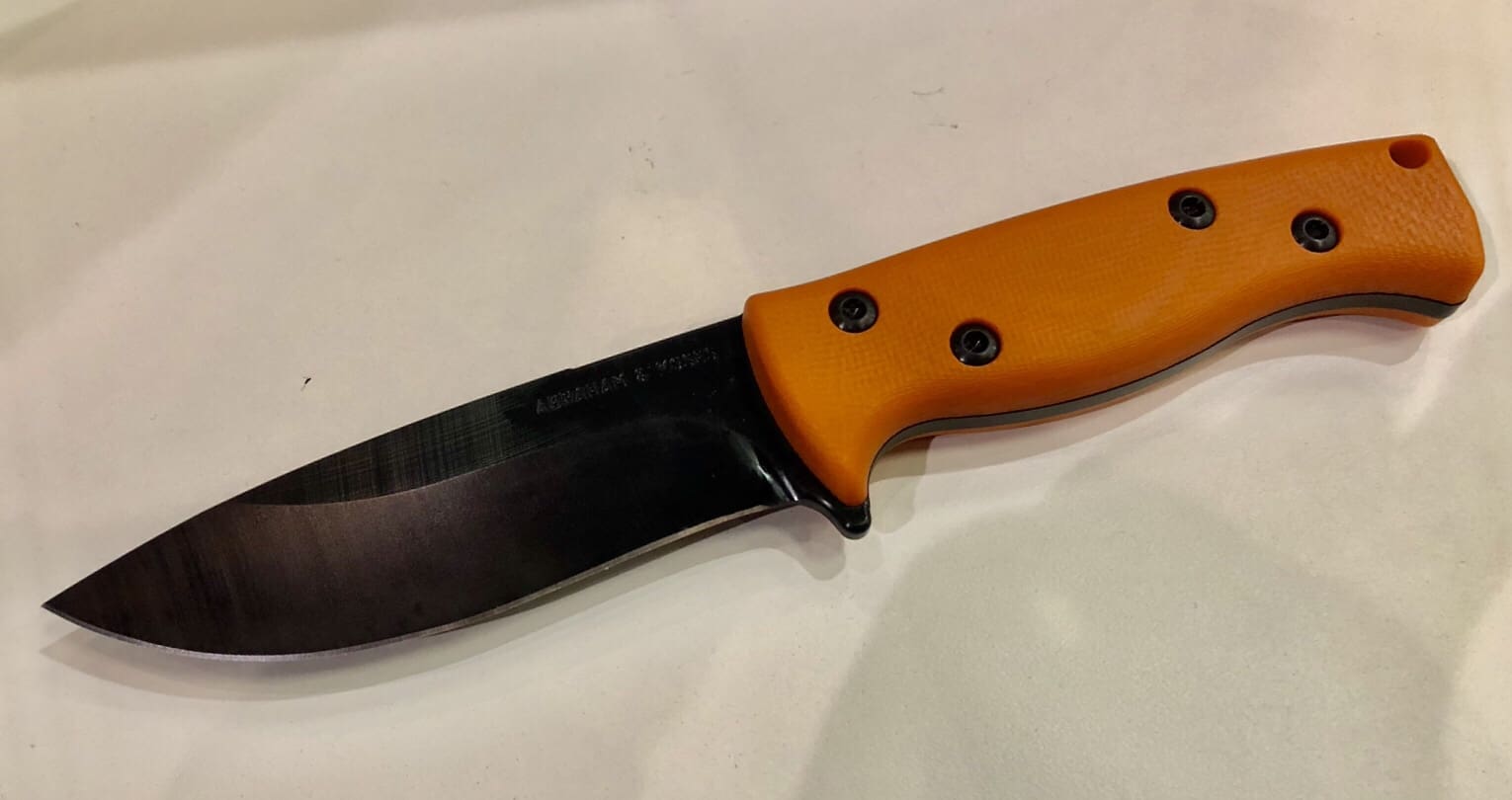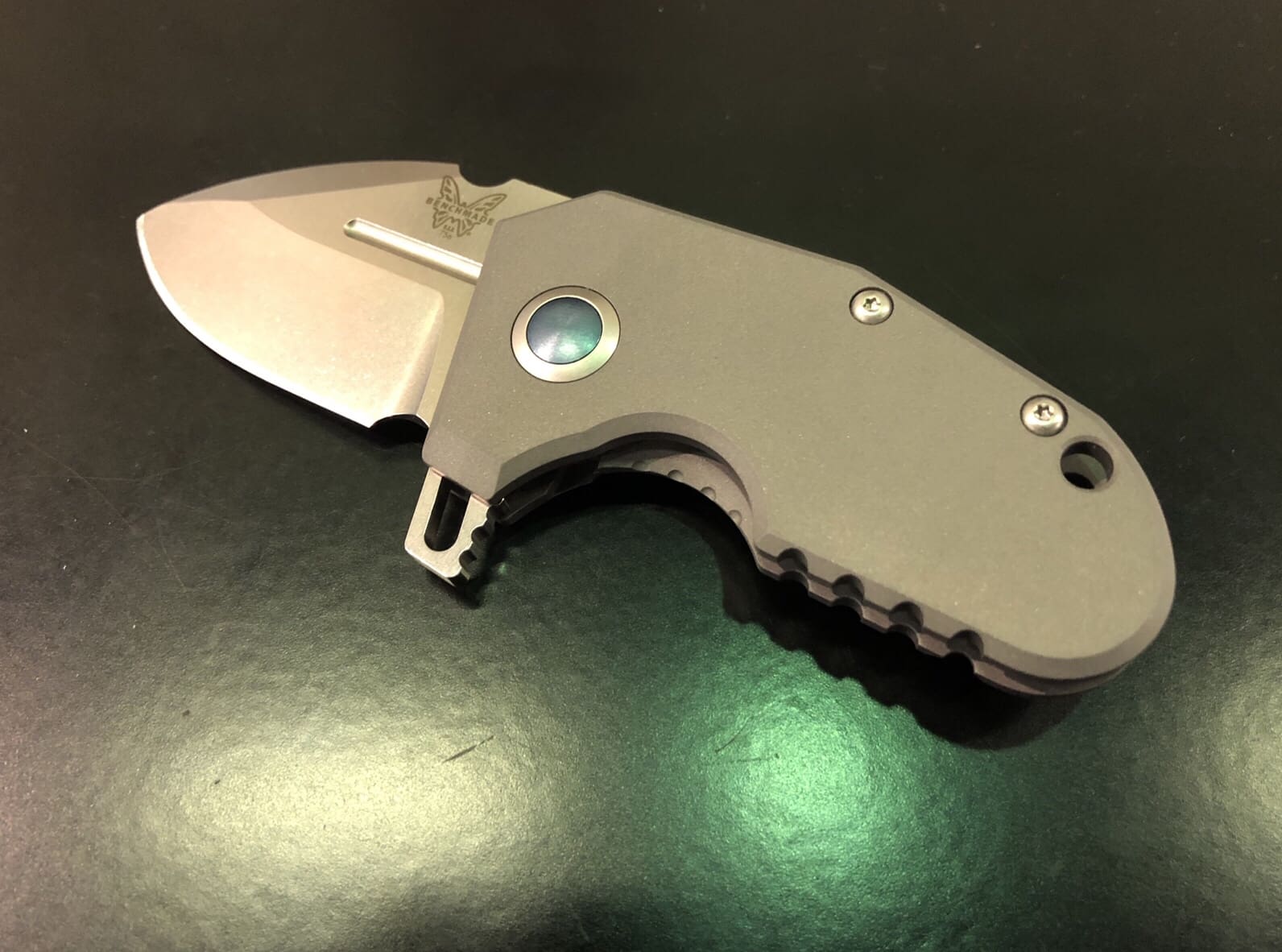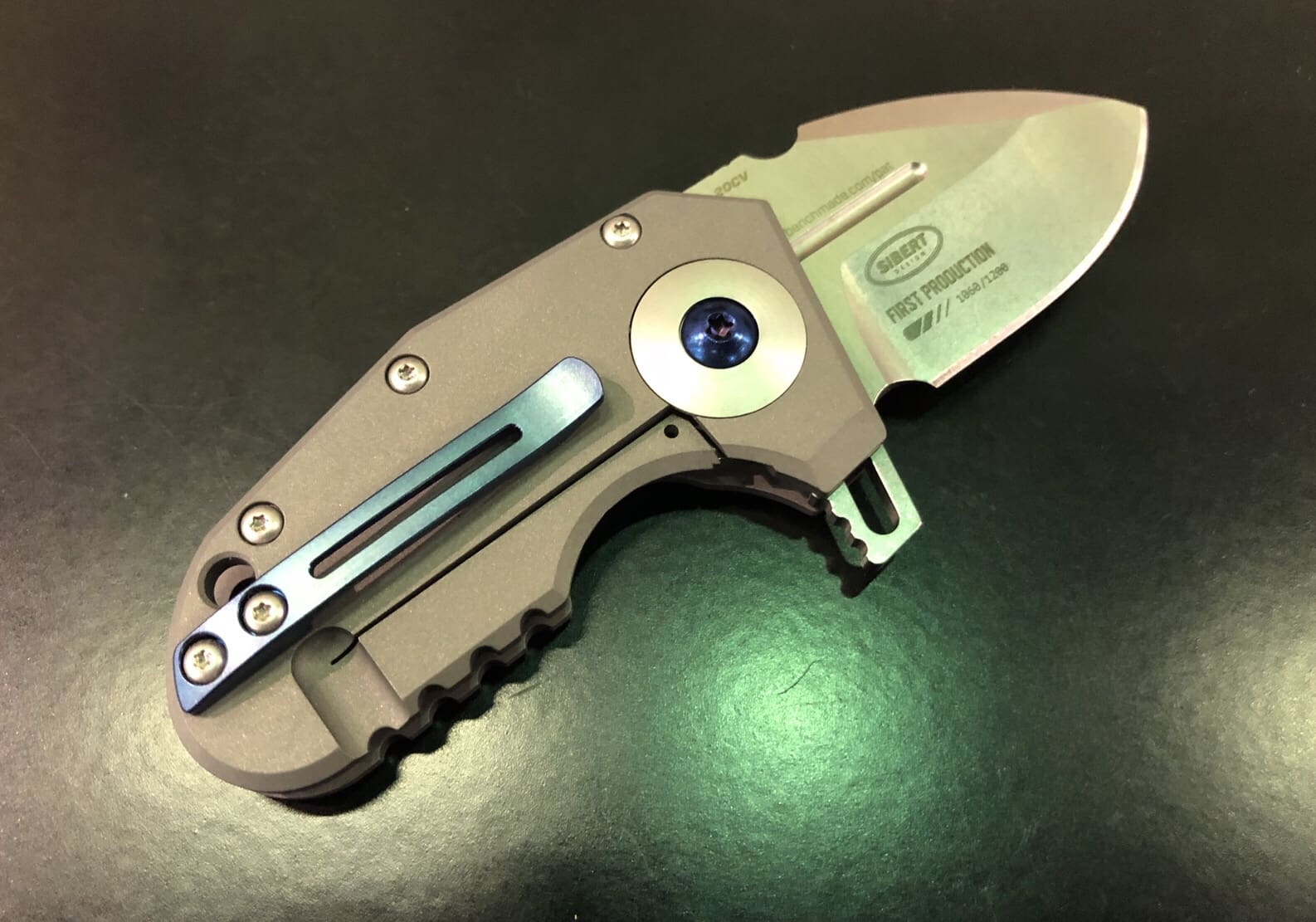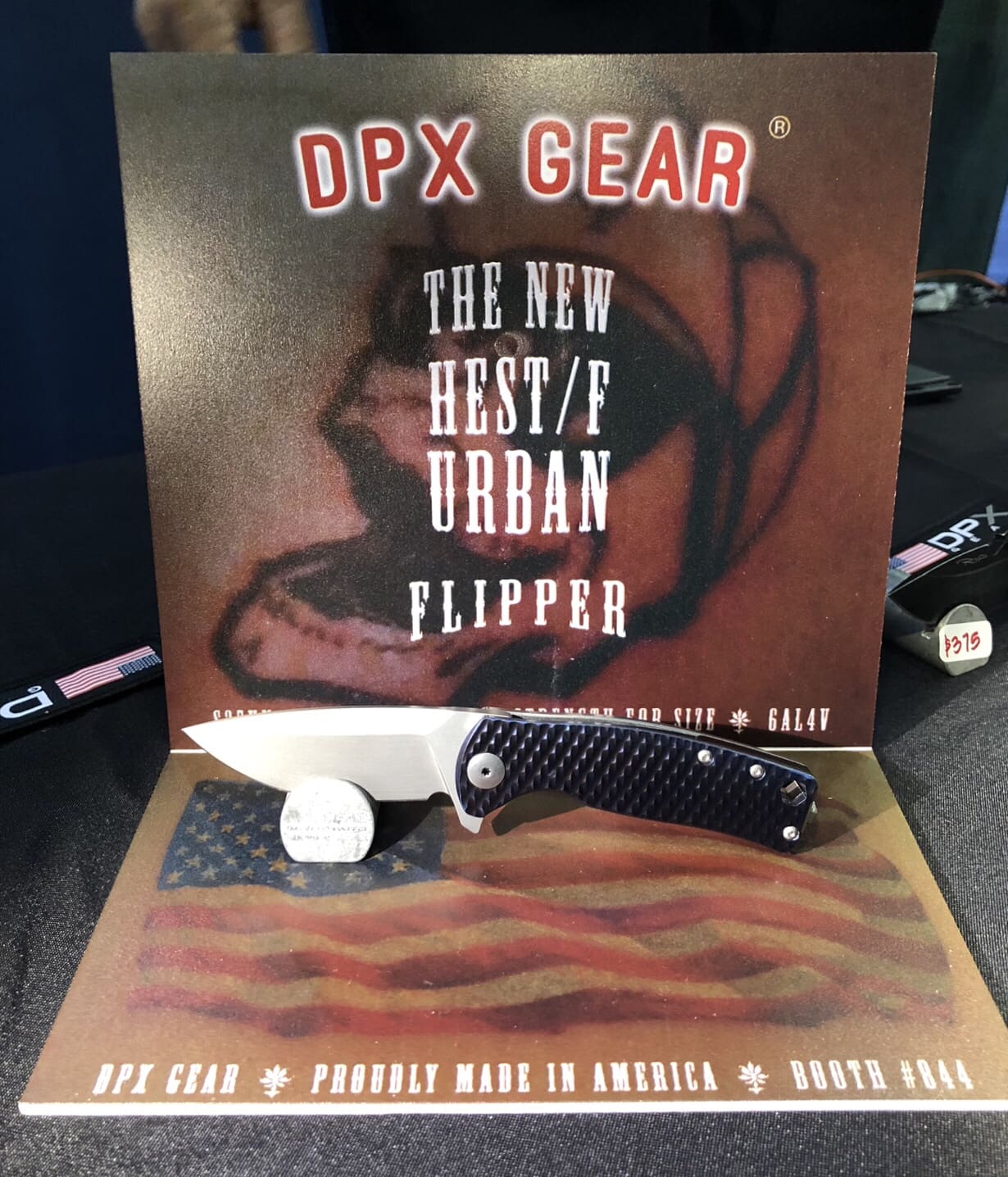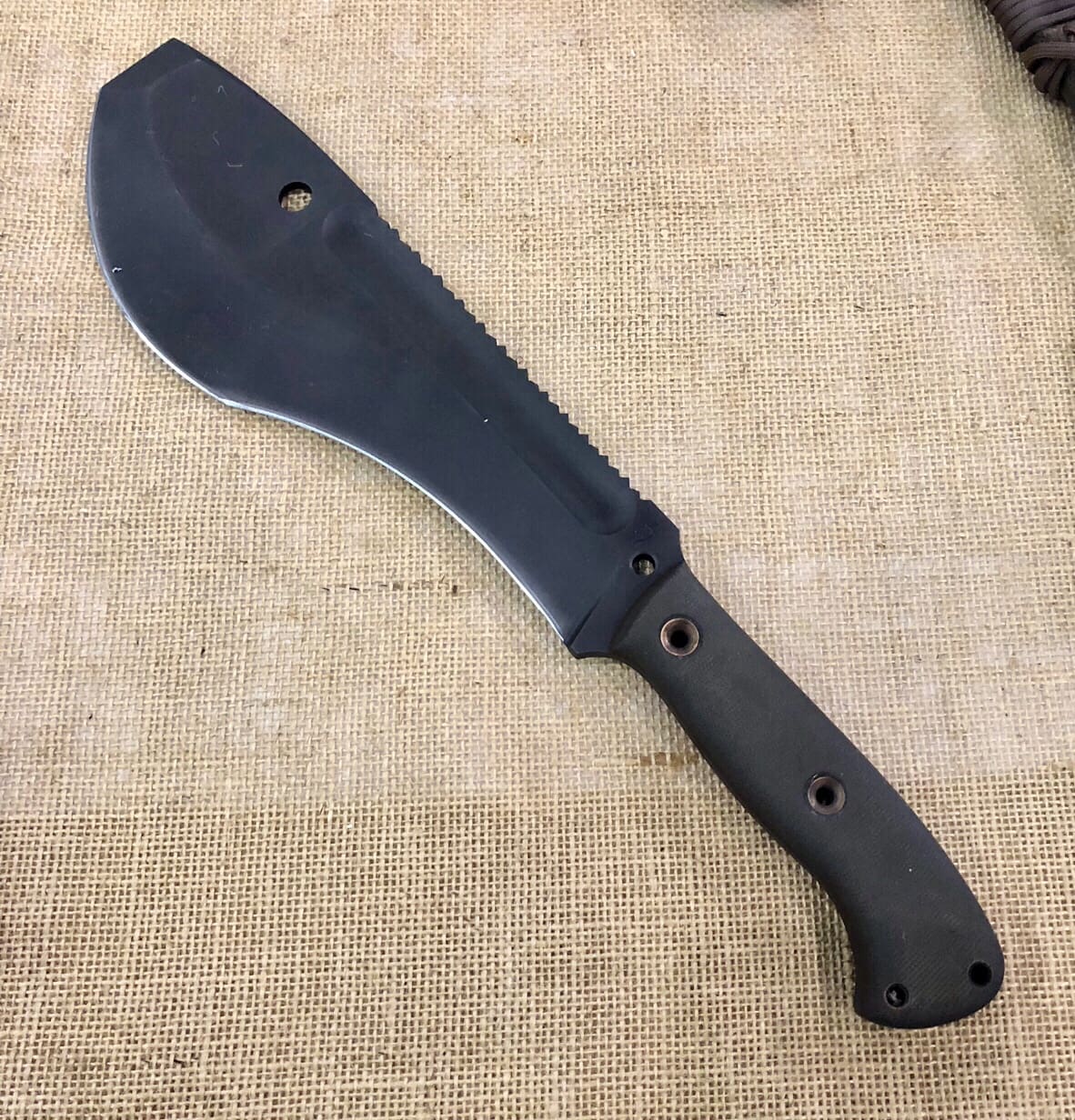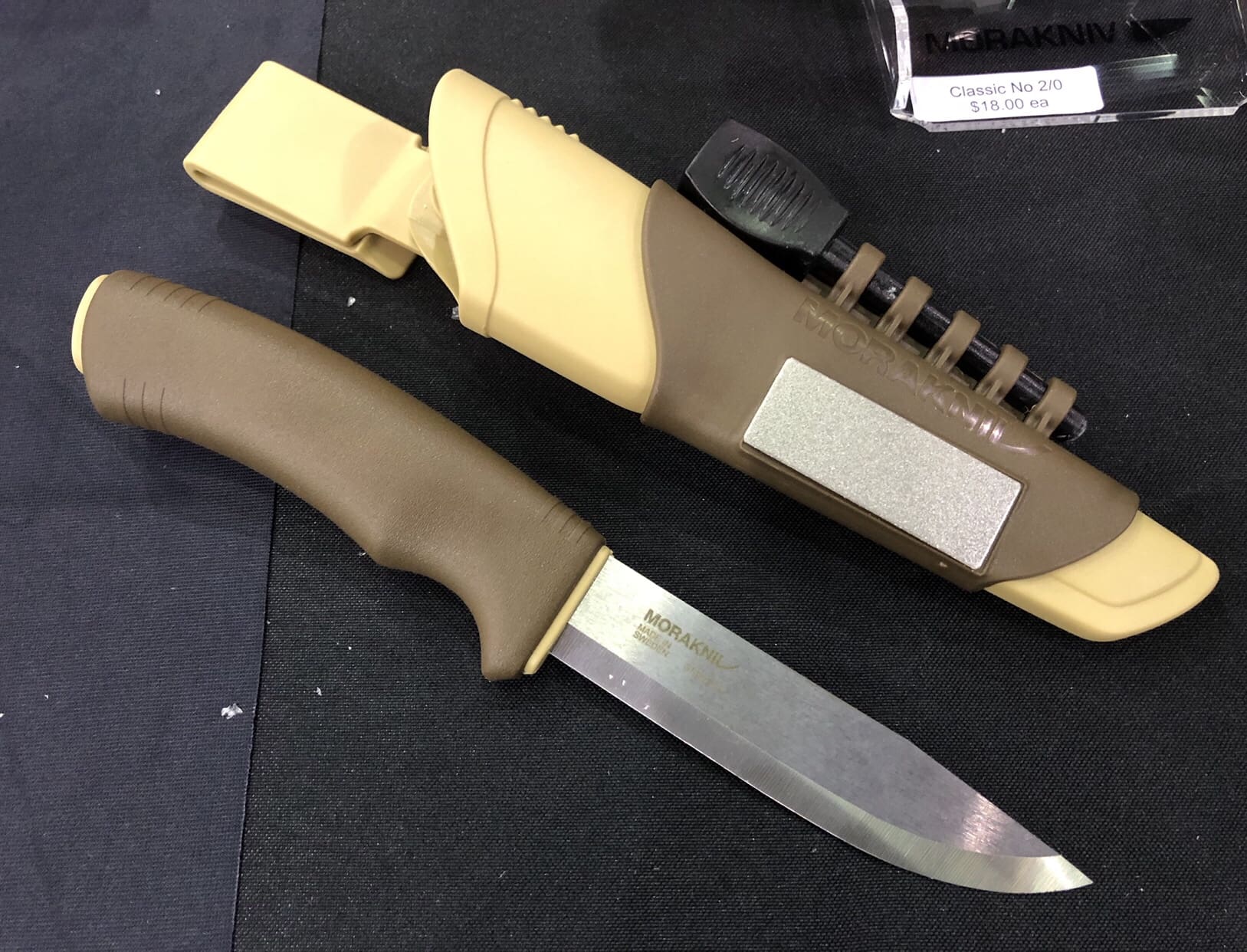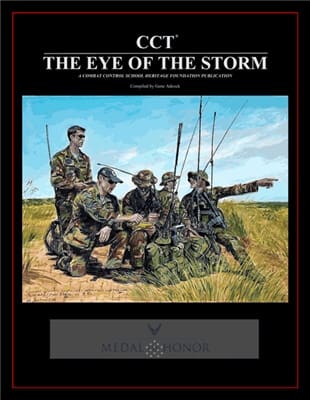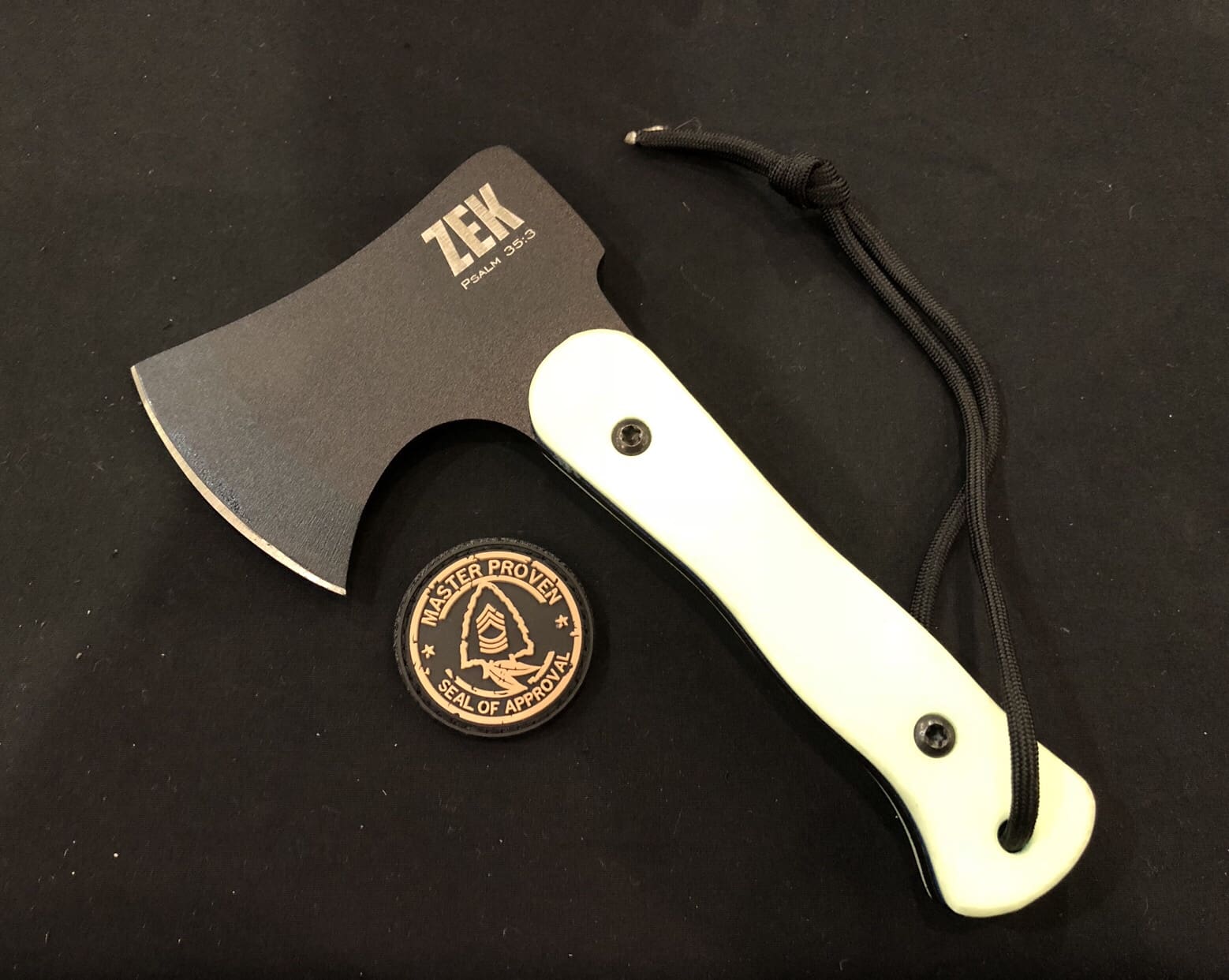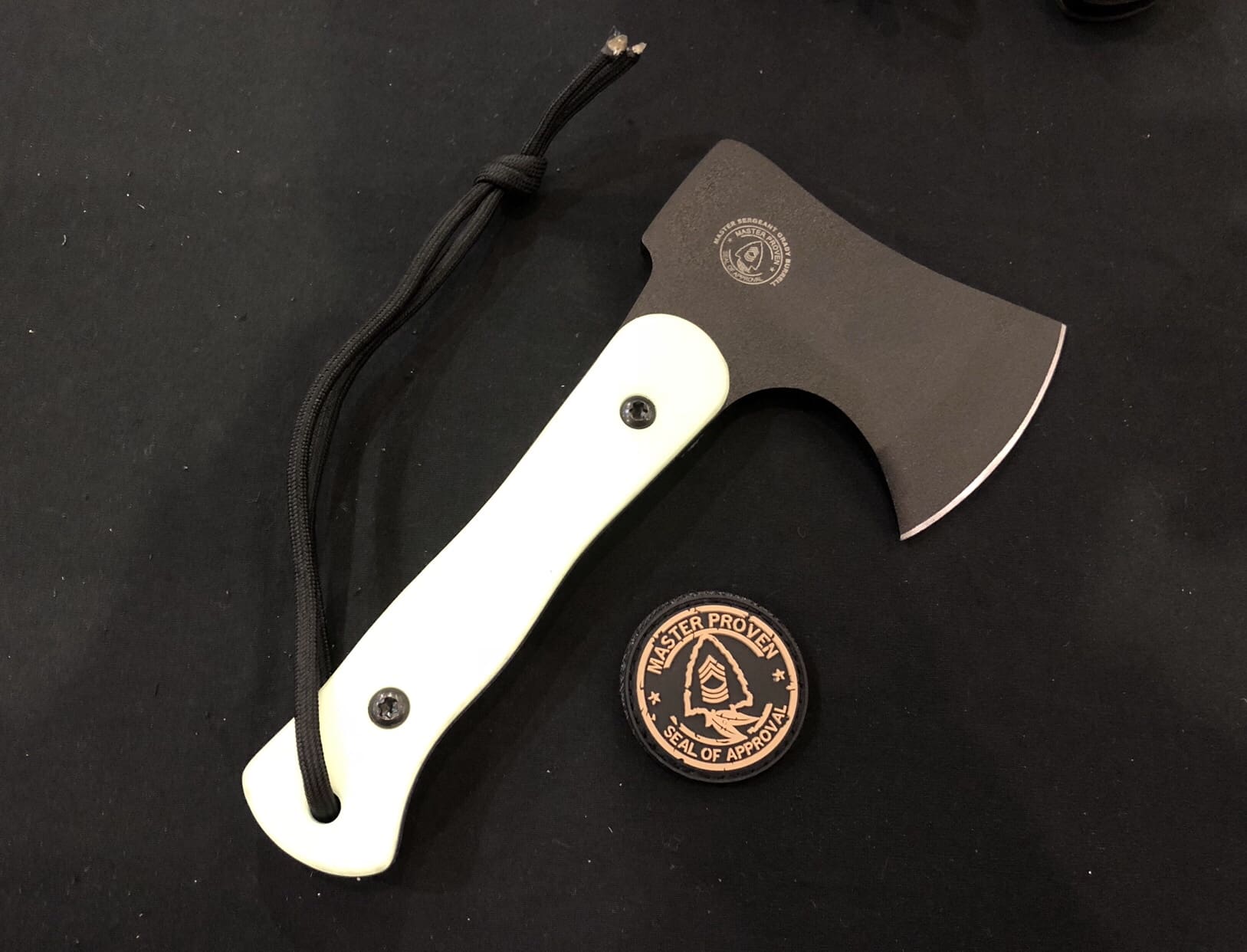During SOFIC I got to take a look at OTTO’s new Multi-Port Hub/Push-To-Talk. It’s both lightweight, and easy to use. I asked them for some technical data and they provided me with this info.
Carpentersville, IL – OTTO Engineering, a US-based, industry leader in the design and manufacturing of two-way radio accessories for military, commercial, industrial, utility, and public safety applications has introduced its latest product for the military market.
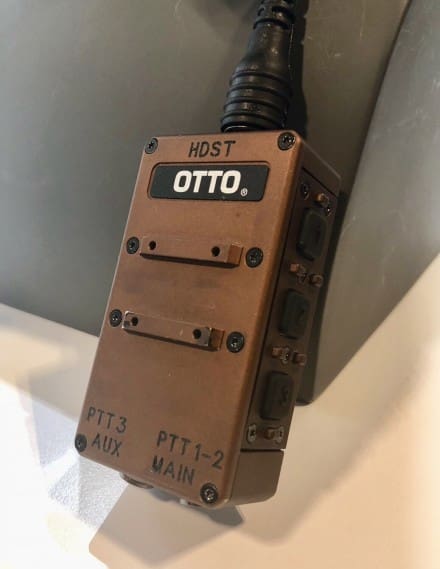
The OTTO Multi-port Hub was specifically designed to meet the demanding and mission critical needs of the Special Forces community. The hub is compatible with major radio platforms, including the new multi-channel handheld radio AN/PRC-163, using detachable cables for each radio. When used in conjunction with the new OTTO Active Circumaural headset or the new OTTO H3E In-the Ear headset, the OTTO Multi-port hub provides control of up to three communications platforms, each with a separate Push-To-Talk button. In addition, the hub offers modular compatibility with all vehicular and air based intercoms (ICS). Situational awareness can be controlled either via buttons on the headset or volume controls on the hub.
The electrical components of the OTTO Multi-port Hub are encased in a lightweight, machined aluminum housing to meet EMI and RF radiation requirements (MIL-STD-461). The hub weighs in at a mere 4.8 ounces. The compact package (1.83” W X 3.50” H X 1.20” D) fits easily onto a molle vest while providing easy access to the PTT buttons and talk-through controls. Control buttons can easily be depressed while wearing gloves.
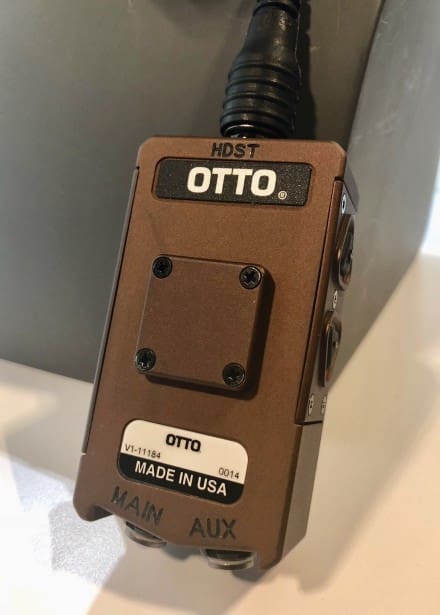
The unique design of the OTTO Multi-port Hub enables the device to be oriented for left-hand or right-hand use. The hub features a reversible clip for securing the unit to a vest.
The hub is immersion rated to 1 meter of water for 31 minutes (IP68), but enhancements are already being implemented to improve the immersion performance to 2 meters of water for 4 hours.
Features of the OTTO Multi-port Hub
· Machined aluminum, rugged construction
· 3 separate Push-To-Talk buttons
· Left hand, right hand reversible
· Up/Down volume, On/Off control buttons for situational awareness
· Single/Dual/Triple Comm modularity
· Molle attachment system included
· Small, lightweight hub form factor
· Compatible with all major radio platforms
· Optional compatibility with both Android and iOS devices
· Detachable cables for each radio/device
· Volume control +/-12dB
· No batteries required
OTTO is known for quality and thoroughly tests its products to ensure the highest quality, most durable products in the market. The company is ISO9000 and AS9100 certified. The OTTO Multi-port Hub, OTTO Active Circumaural headset, and OTTO H3E In-the-ear headset are all made in the USA at OTTO’s manufacturing facilities located in Illinois.
For more information about the OTTO Multi-port Hub, the OTTO Active Circumaural headset, the OTTO H3E In-the-ear headset or other OTTO two-way accessories, please visit us at www.ottoexcellence.com/communications or call us at 888-234-6886 (OTTO).
